Home>Technology>Smart Home Devices>What Is Printer Toner
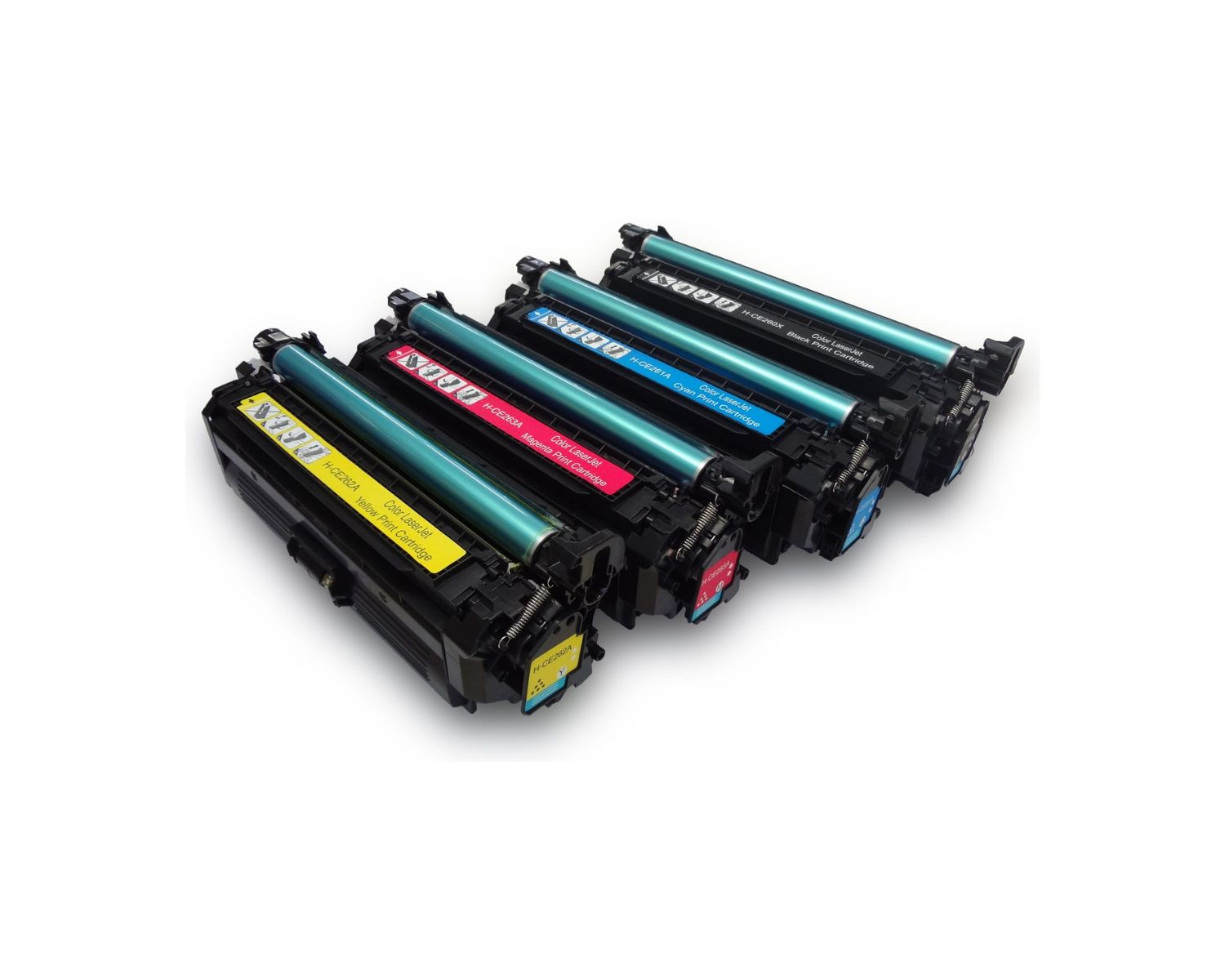

Smart Home Devices
What Is Printer Toner
Published: January 6, 2024
Learn about the benefits of printer toner for smart home devices. Find out how to choose the best toner for your printing needs.
(Many of the links in this article redirect to a specific reviewed product. Your purchase of these products through affiliate links helps to generate commission for Storables.com, at no extra cost. Learn more)
Introduction
Welcome to the world of printing technology, where precision and quality converge to bring your documents and images to life. In this digital age, printers have become an indispensable part of both professional and personal spheres. Whether it's producing essential documents for work, creating vibrant photographs, or generating educational materials, printers play a pivotal role in our daily lives.
One crucial component of a printer is the toner, a fine powder that forms the images and text on paper. Understanding the intricacies of printer toner is essential for maximizing the performance and longevity of your printing equipment. This article delves into the nuances of printer toner, exploring its definition, types, functionality, advantages, disadvantages, and environmental impact.
Join us on a journey through the fascinating world of printer toner, where we unravel the science behind this vital printing element and its impact on both the quality of our printed materials and the environment. Whether you're a seasoned printing enthusiast or a newcomer to the realm of printing technology, this exploration of printer toner promises to enlighten and inform, providing valuable insights into a key aspect of the printing process.
Key Takeaways:
- Printer toner is a powdery substance used in laser printers to create high-quality, durable prints. It offers advantages like fast printing speeds and environmental benefits through recycling initiatives.
- Understanding the environmental impact of printer toner is crucial for promoting sustainable printing practices and responsible waste management. Embracing eco-friendly materials and recycling initiatives minimizes the ecological footprint of printing activities.
Read more: What Is Toner In A Printer
Definition of Printer Toner
Printer toner is a powdery substance used in laser printers and photocopiers to create text and images on paper. Comprising a blend of carbon, polymer, and coloring agents, toner is electrically charged to adhere to the paper and then fused into the desired print using heat. This process results in high-quality, durable prints that are resistant to smudging and fading.
Unlike inkjet printers, which utilize liquid ink, laser printers and photocopiers rely on toner to produce crisp, precise text and graphics. The composition of toner varies based on the specific requirements of the printing device, with different formulations designed for monochrome and color printing. Monochrome toner typically consists of carbon black, while color toner comprises a blend of cyan, magenta, yellow, and black toner particles to achieve a wide spectrum of colors.
Printer toner is available in two primary forms: original equipment manufacturer (OEM) toner cartridges and third-party or compatible toner cartridges. OEM toner cartridges are manufactured by the same company that produced the printer, ensuring compatibility and quality but often at a higher price point. On the other hand, third-party or compatible toner cartridges are produced by independent manufacturers and offer a more cost-effective alternative, although the quality and performance may vary.
Understanding the composition and functionality of printer toner is essential for optimizing the printing process and achieving professional-grade results. As we delve deeper into the world of printer toner, we will explore the various types of toner, the mechanics of how it works, its advantages and disadvantages, and its environmental impact, shedding light on this integral component of the printing industry.
Types of Printer Toner
Printer toner is available in several types, each tailored to specific printing requirements and technologies. Understanding the distinctions between these toner types is crucial for selecting the most suitable option for your printing needs:
- Monochrome Toner: Designed for black-and-white printing, monochrome toner consists primarily of carbon black particles. This type of toner is commonly used in office environments for producing text documents, reports, and other monochromatic materials.
- Color Toner: Ideal for generating vibrant, full-color prints, color toner comprises a blend of cyan, magenta, yellow, and black toner particles. This type of toner is essential for creating high-quality graphics, photographs, marketing materials, and presentations.
- Original Equipment Manufacturer (OEM) Toner: Produced by the same company that manufactured the printer, OEM toner cartridges are engineered to meet specific printer requirements, ensuring optimal compatibility and performance. While OEM toner cartridges offer reliable quality, they are often more expensive than alternative options.
- Compatible Toner: Also known as third-party or aftermarket toner, compatible toner cartridges are manufactured by independent companies and offer a cost-effective alternative to OEM toner. While compatible toner cartridges may vary in quality, they provide budget-friendly options for users seeking reliable printing solutions without compromising on performance.
Each type of printer toner serves distinct printing needs, whether it involves producing monochromatic documents for everyday office use or creating vivid, color-rich prints for marketing and design purposes. By understanding the nuances of these toner types, users can make informed decisions when selecting the most suitable toner for their specific printing requirements.
How Printer Toner Works
The functionality of printer toner is integral to the laser printing process, which involves precise mechanisms to create high-quality prints. Understanding how printer toner works provides insight into the intricate process of transforming digital data into tangible printed materials:
1. Electrostatic Charging: The printing process begins with the electrostatic charging of the photoreceptor drum within the printer. A laser beam or LED array then selectively discharges areas of the drum corresponding to the content to be printed, creating an electrostatic image of the document or image.
2. Toner Application: The electrostatic image on the drum attracts the positively charged toner particles, effectively transferring the toner onto the drum to form the desired text or image. In monochrome printers, the toner consists of negatively charged particles, while color printers utilize a combination of positively and negatively charged toner particles to achieve vibrant color reproduction.
3. Transfer to Paper: As the paper moves through the printer, the toner image on the drum is transferred to the paper through a combination of heat and pressure. This process ensures that the toner adheres to the paper, resulting in a precise and durable print.
4. Fusing: The final step involves fusing the toner onto the paper using heat and pressure, ensuring that the toner particles bond securely to the paper fibers. This fusing process results in smudge-resistant, long-lasting prints with exceptional clarity and detail.
By comprehending the intricate process through which printer toner creates printed materials, users can gain a deeper appreciation for the precision and technology involved in laser printing. This understanding also highlights the importance of using high-quality toner and maintaining optimal printer functionality to achieve superior print results.
When purchasing printer toner, make sure to check the compatibility with your specific printer model. Using the wrong toner can damage your printer and result in poor print quality.
Advantages of Using Printer Toner
Printer toner offers several advantages that contribute to its widespread use in professional and personal printing environments. Understanding these benefits sheds light on the value of using toner-based printing technology:
1. High-Quality Prints: Toner-based printing delivers sharp, precise text and images with exceptional clarity and detail, making it ideal for professional documents, marketing materials, and photographs.
2. Durability: Toner prints are highly resistant to smudging and fading, ensuring that printed materials maintain their quality over time. This durability is especially advantageous for archival documents and long-term storage.
3. Fast Printing Speeds: Laser printers equipped with toner cartridges can produce prints at high speeds, making them suitable for high-volume printing tasks in office and commercial settings.
4. Cost-Effectiveness: While the initial investment in toner-based printers and cartridges may be higher, the cost per page for toner printing is often lower than that of inkjet printing, especially for monochrome documents.
5. Versatility: Toner-based printers can handle a wide range of paper types and sizes, including specialty media such as envelopes, labels, and glossy paper, offering flexibility for diverse printing needs.
6. Consistency: Toner cartridges provide consistent print quality throughout their lifespan, ensuring that each print maintains the same level of precision and clarity.
7. Environmental Impact: Toner cartridges are often recyclable, contributing to sustainable printing practices and reducing environmental waste.
By leveraging the advantages of printer toner, users can achieve professional-grade printing results, improve operational efficiency, and contribute to sustainable printing practices, making toner-based technology a compelling choice for a wide range of printing needs.
Read more: What Kind Of Printer Uses Toner
Disadvantages of Using Printer Toner
While printer toner offers numerous advantages, it is important to consider potential drawbacks associated with its use. Understanding these disadvantages provides a comprehensive view of toner-based printing technology:
1. Initial Cost: Toner-based printers and cartridges often entail a higher initial investment compared to inkjet alternatives, potentially posing a barrier for budget-conscious users.
2. Color Reproduction: Achieving precise color reproduction with toner-based printers can be challenging, especially for complex graphics and photographs, as they may not always match the true colors as accurately as inkjet prints.
3. Complex Maintenance: Toner-based printers require periodic maintenance, including drum and fuser replacement, which can involve intricate procedures and additional costs.
4. Environmental Impact: Toner production and disposal can have environmental implications, as toner particles may contribute to air pollution during manufacturing, and improper disposal of toner cartridges can lead to environmental waste.
5. Limited Ink Absorption: Toner may not be as effective as liquid ink in absorbing into certain types of paper, potentially resulting in a different texture and appearance of prints on some media.
6. Storage Considerations: Toner cartridges must be stored carefully to maintain their quality, as exposure to extreme temperatures or humidity can affect the performance of the toner and the printer.
By acknowledging these potential disadvantages, users can make informed decisions when selecting printing technology and address any associated challenges effectively. While toner-based printing offers numerous benefits, understanding its limitations is crucial for optimizing the printing experience and achieving the desired outcomes.
Environmental Impact of Printer Toner
The environmental impact of printer toner encompasses various aspects of production, usage, and disposal, highlighting the importance of sustainable printing practices and responsible waste management:
1. Manufacturing Process: The production of toner cartridges involves the use of raw materials and energy, contributing to carbon emissions and resource consumption. Additionally, the manufacturing process may generate air and water pollution, underscoring the need for eco-friendly production practices.
2. Energy Efficiency: Laser printers, which utilize toner, can be more energy-efficient than inkjet printers, particularly in high-volume printing environments. This efficiency can reduce overall energy consumption and environmental impact over the printer’s lifespan.
3. Recycling Initiatives: Many manufacturers and third-party organizations offer toner cartridge recycling programs, allowing used cartridges to be repurposed or recycled into new products. Participating in these initiatives promotes circular economy principles and minimizes waste sent to landfills.
4. Waste Reduction: Proper disposal of toner cartridges is essential for reducing environmental impact. Recycling used cartridges prevents them from ending up in landfills, where they can contribute to pollution and resource depletion.
5. Eco-Friendly Materials: Some manufacturers prioritize the use of eco-friendly materials in toner production, aiming to reduce the environmental footprint of cartridges and promote sustainable printing solutions.
6. Life Cycle Assessment: Conducting life cycle assessments of toner cartridges helps identify opportunities for environmental improvement throughout the product’s lifecycle, from raw material extraction to end-of-life disposal.
By considering the environmental impact of printer toner and implementing sustainable practices, individuals and organizations can minimize the ecological footprint of printing activities and contribute to a healthier, more sustainable planet. Embracing eco-conscious approaches to toner usage and disposal fosters responsible stewardship of environmental resources and supports a more sustainable printing industry.
Conclusion
Printer toner stands as a crucial element in the realm of printing technology, offering a versatile and efficient means of producing high-quality prints for diverse applications. From monochrome documents to vibrant color prints, toner-based printing technology continues to play a pivotal role in both professional and personal printing environments.
By delving into the world of printer toner, we have uncovered its composition, functionality, advantages, disadvantages, and environmental impact, providing a comprehensive understanding of this essential printing component. The precision and durability of toner prints, coupled with the potential for cost-effective and sustainable printing practices, underscore the enduring relevance of toner-based technology in the digital age.
As technology continues to evolve, so too does the landscape of printing solutions. The ongoing development of eco-friendly toner production methods, recycling initiatives, and energy-efficient printing technologies reflects a commitment to reducing the environmental impact of printing activities and promoting sustainable practices.
Whether in the office, at home, or in commercial printing environments, the significance of printer toner in facilitating efficient, high-quality printing cannot be overstated. By embracing the advantages of toner-based printing while addressing associated challenges, users can harness the full potential of this technology, achieving professional-grade prints and contributing to a more sustainable printing industry.
As we navigate the dynamic intersection of technology, innovation, and environmental stewardship, the role of printer toner remains an integral part of the ever-evolving printing landscape, shaping the way we bring digital content to life on the printed page.
Through informed decision-making, responsible waste management, and a commitment to sustainable printing practices, we can ensure that printer toner continues to enrich our lives while minimizing its environmental footprint, paving the way for a more sustainable and eco-conscious printing future.
Frequently Asked Questions about What Is Printer Toner
Was this page helpful?
At Storables.com, we guarantee accurate and reliable information. Our content, validated by Expert Board Contributors, is crafted following stringent Editorial Policies. We're committed to providing you with well-researched, expert-backed insights for all your informational needs.
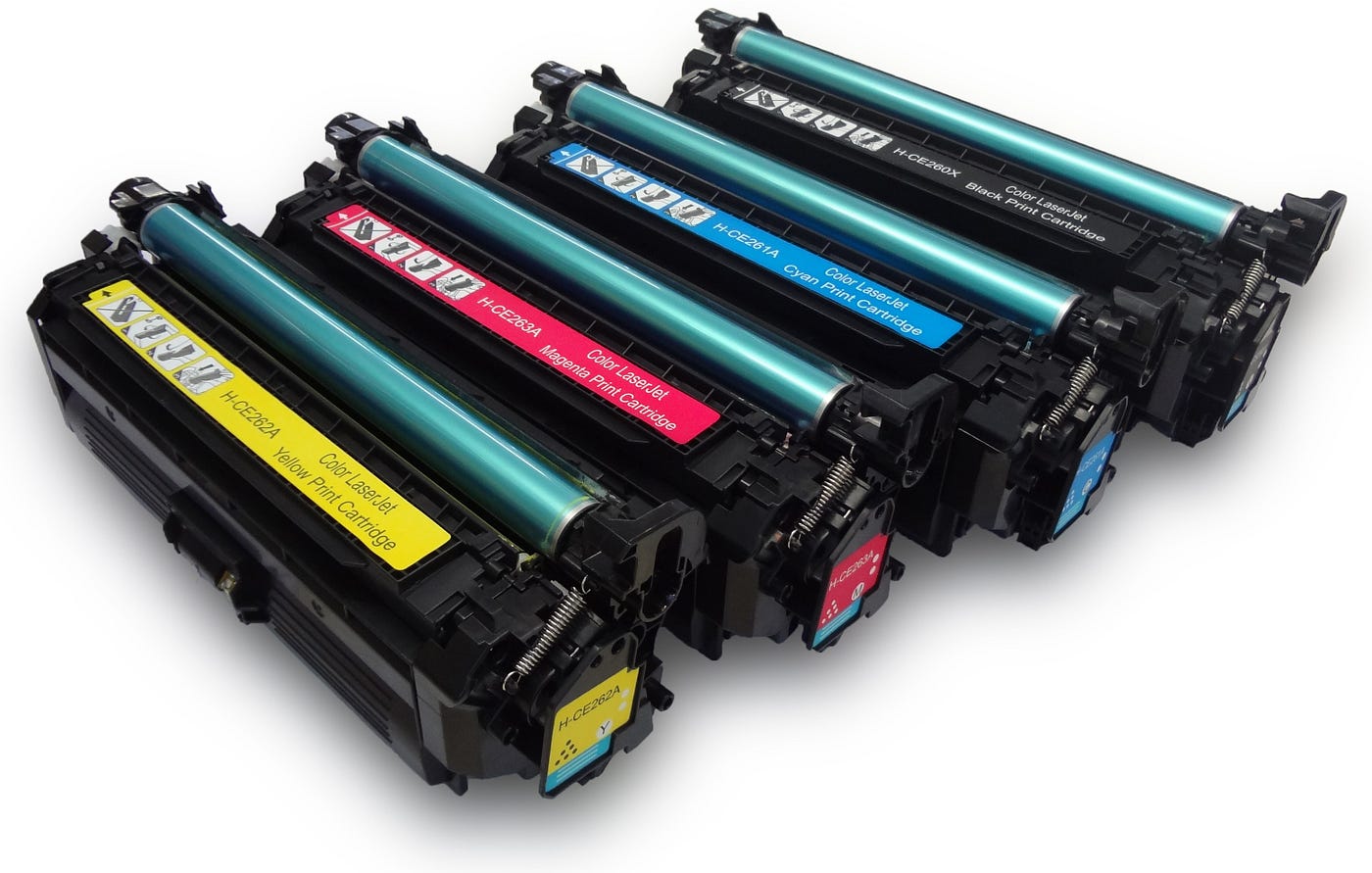
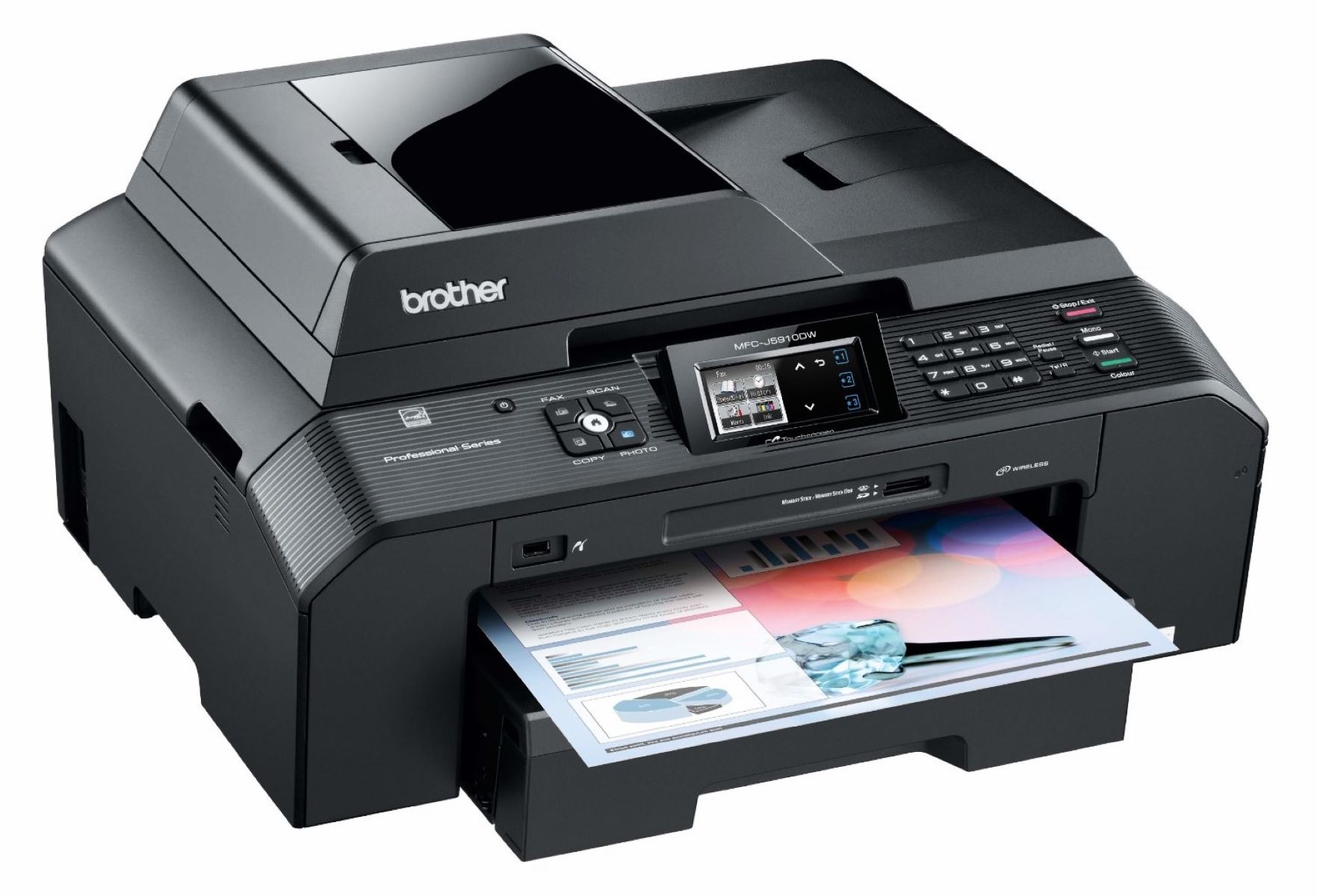
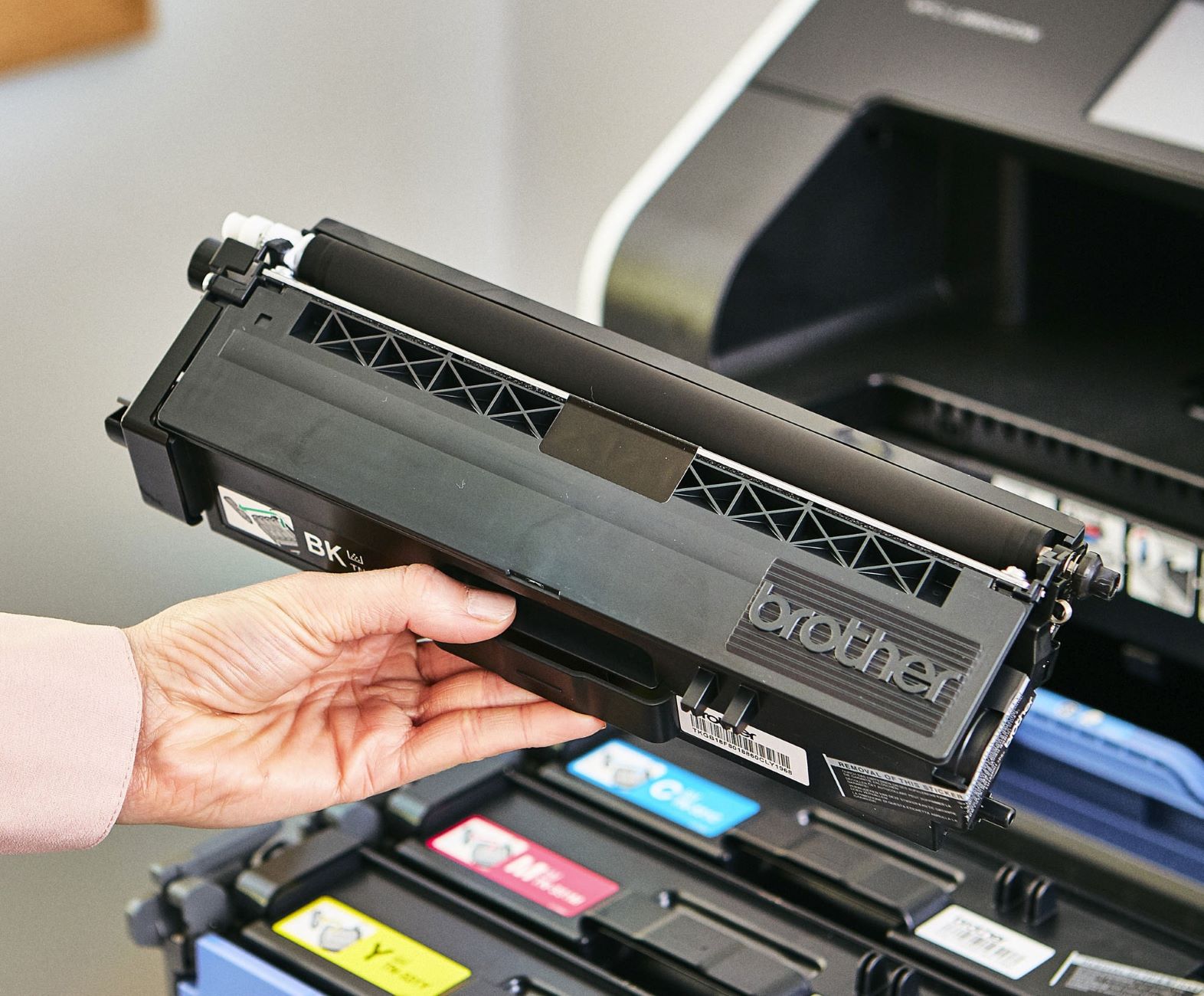
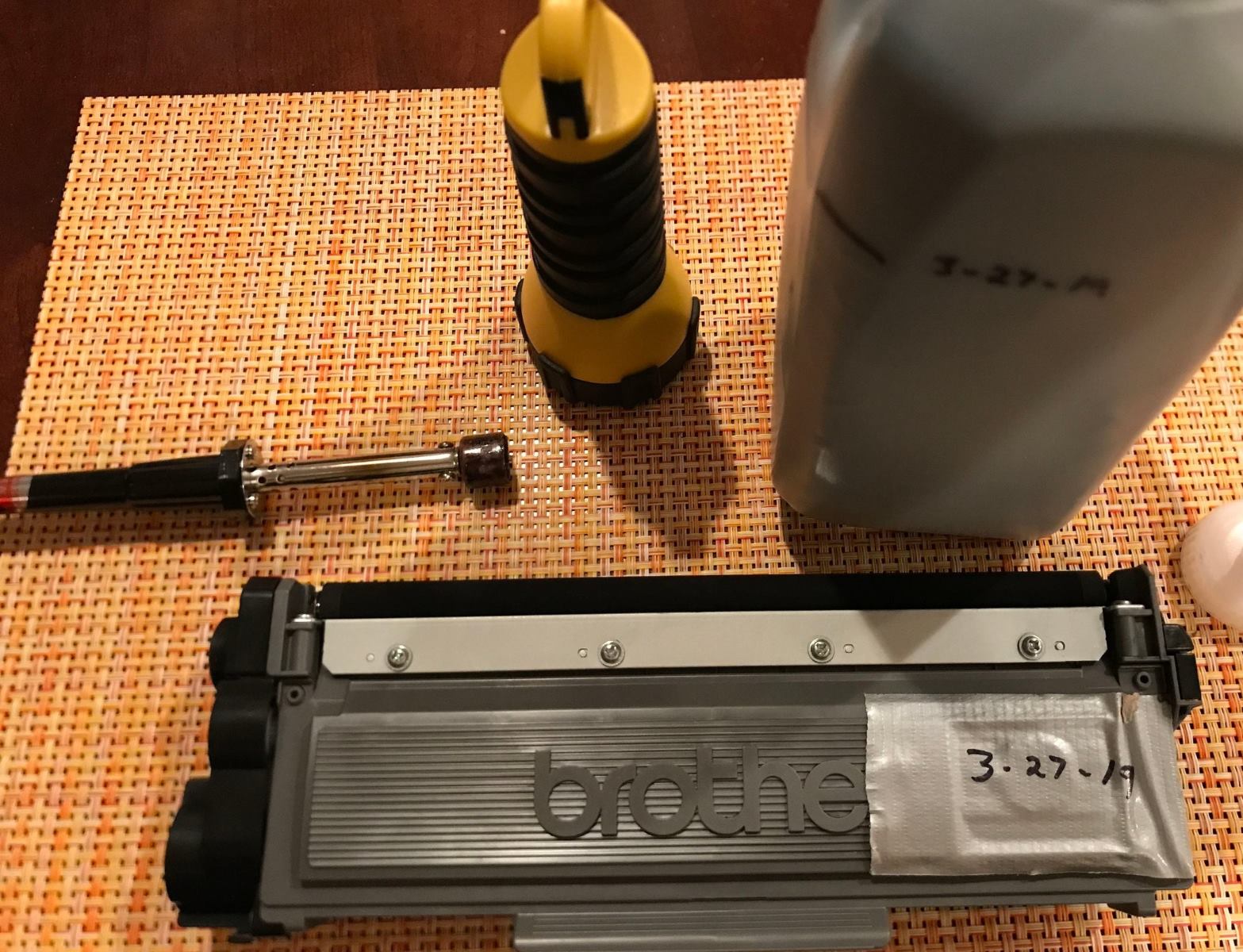
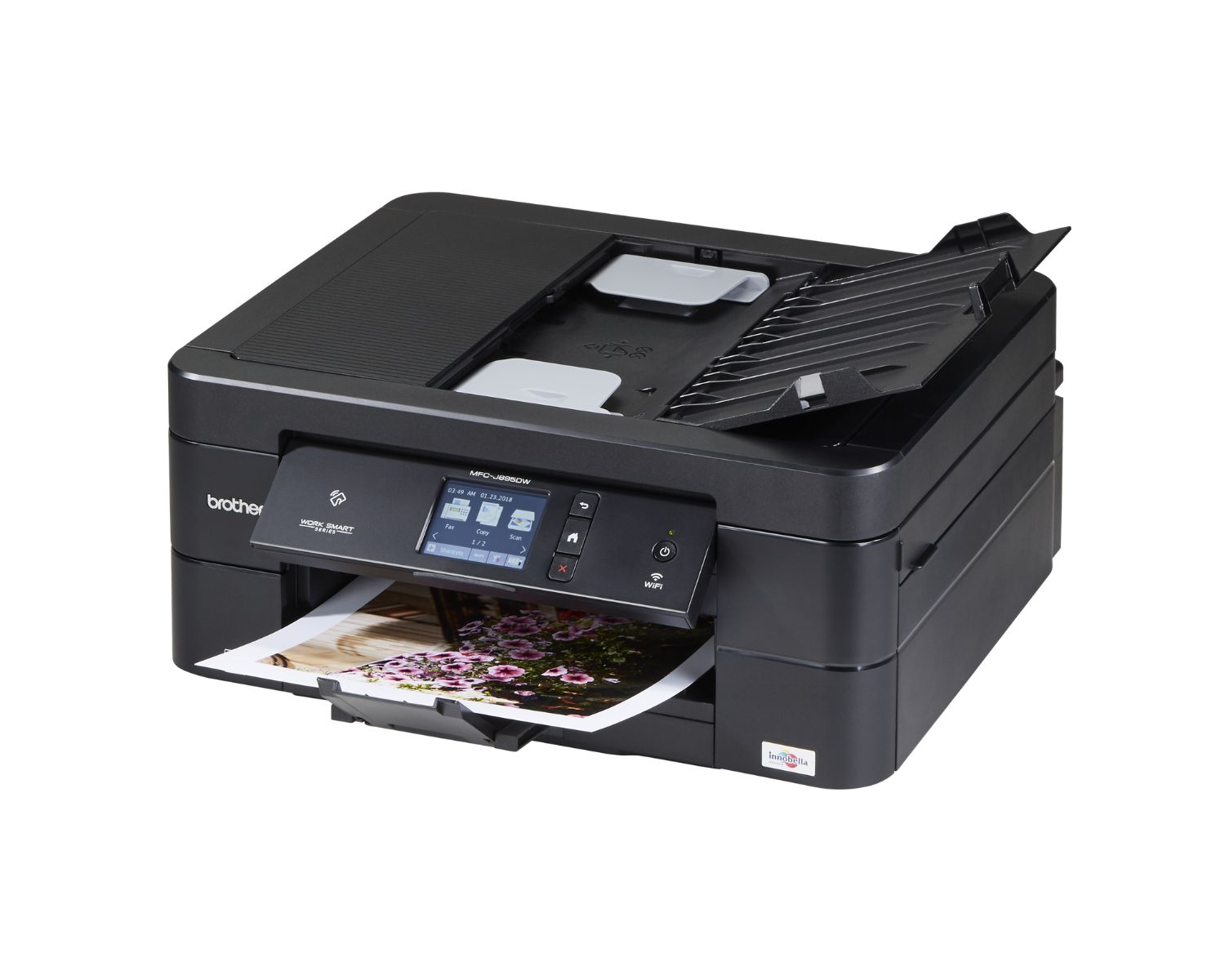
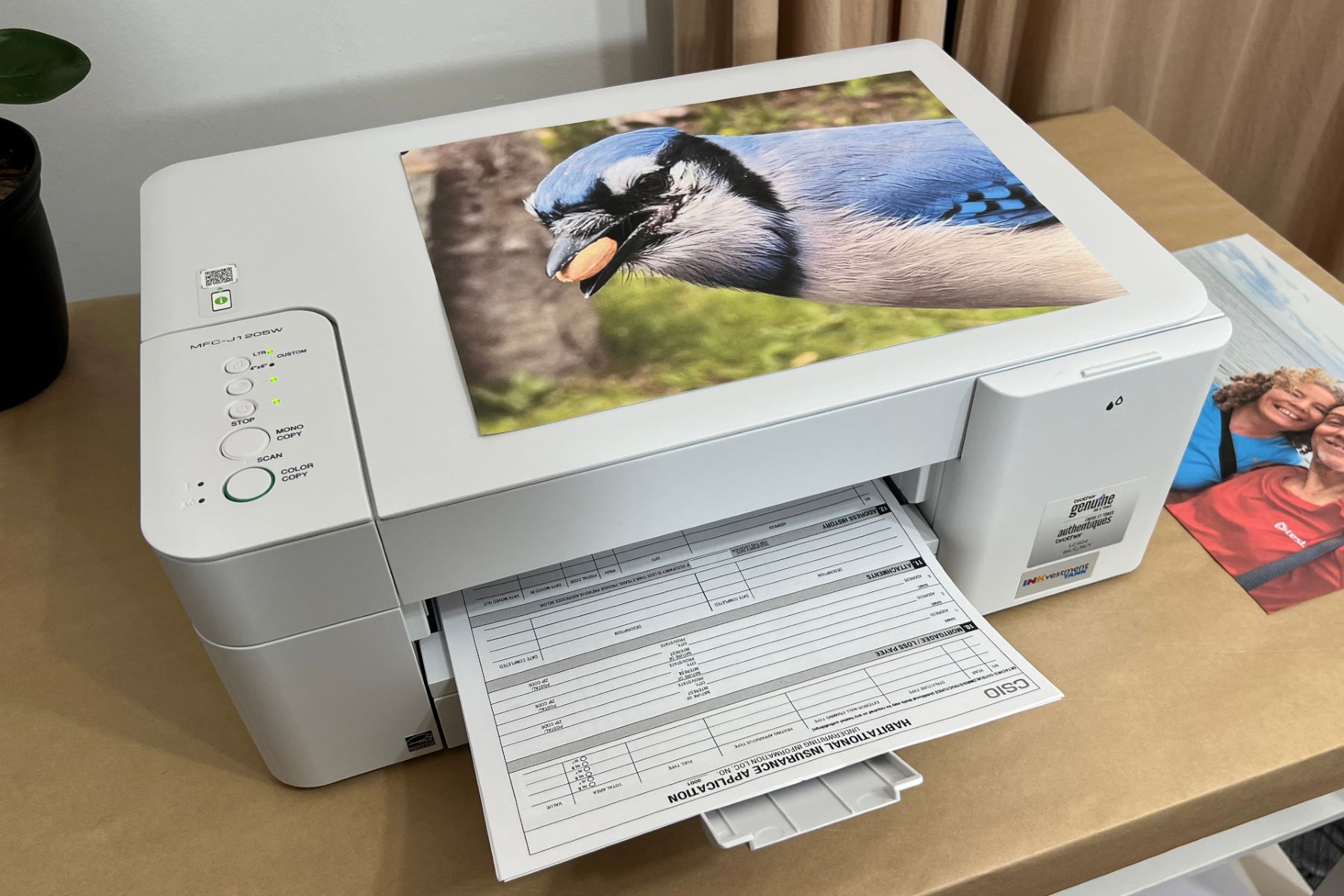
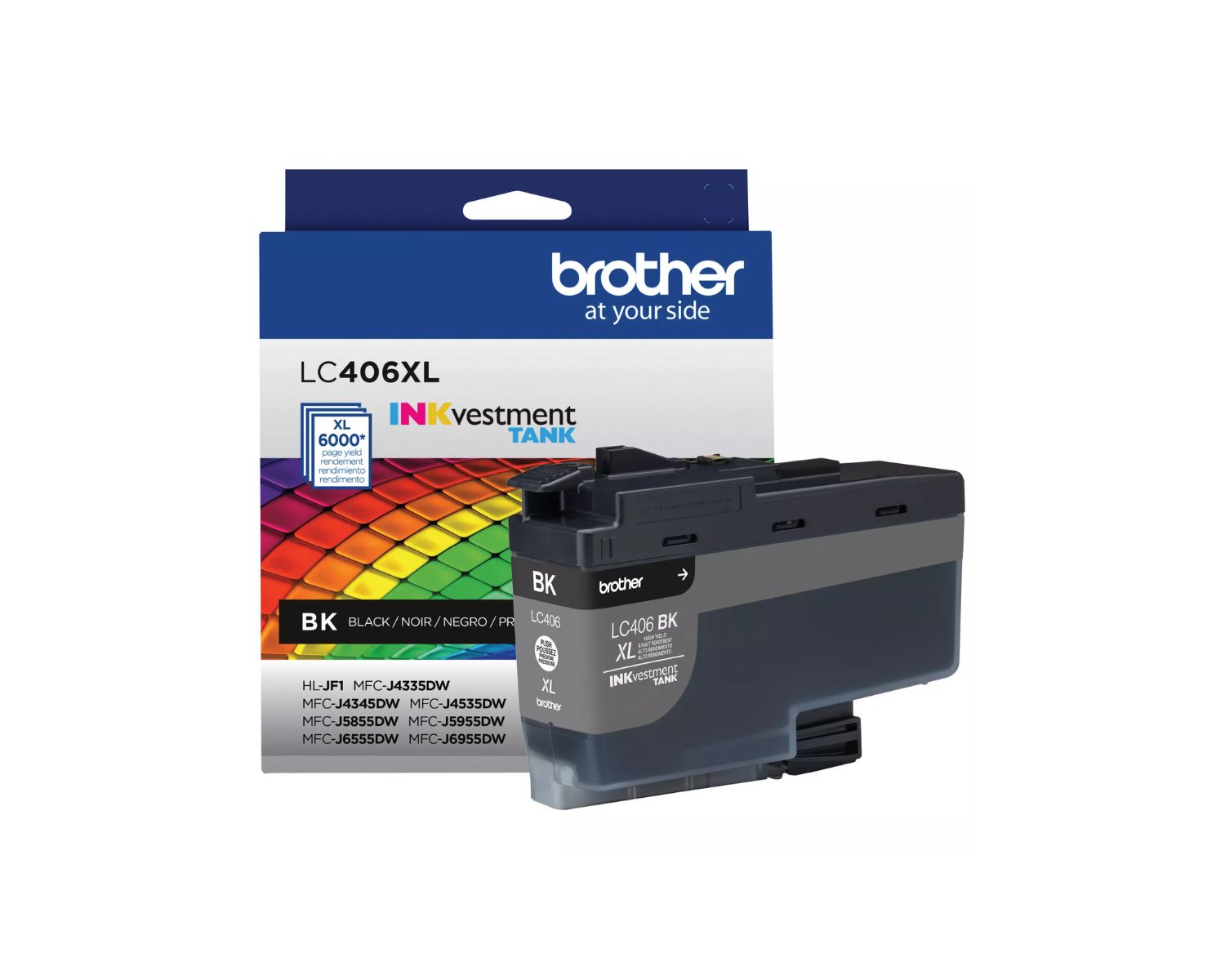
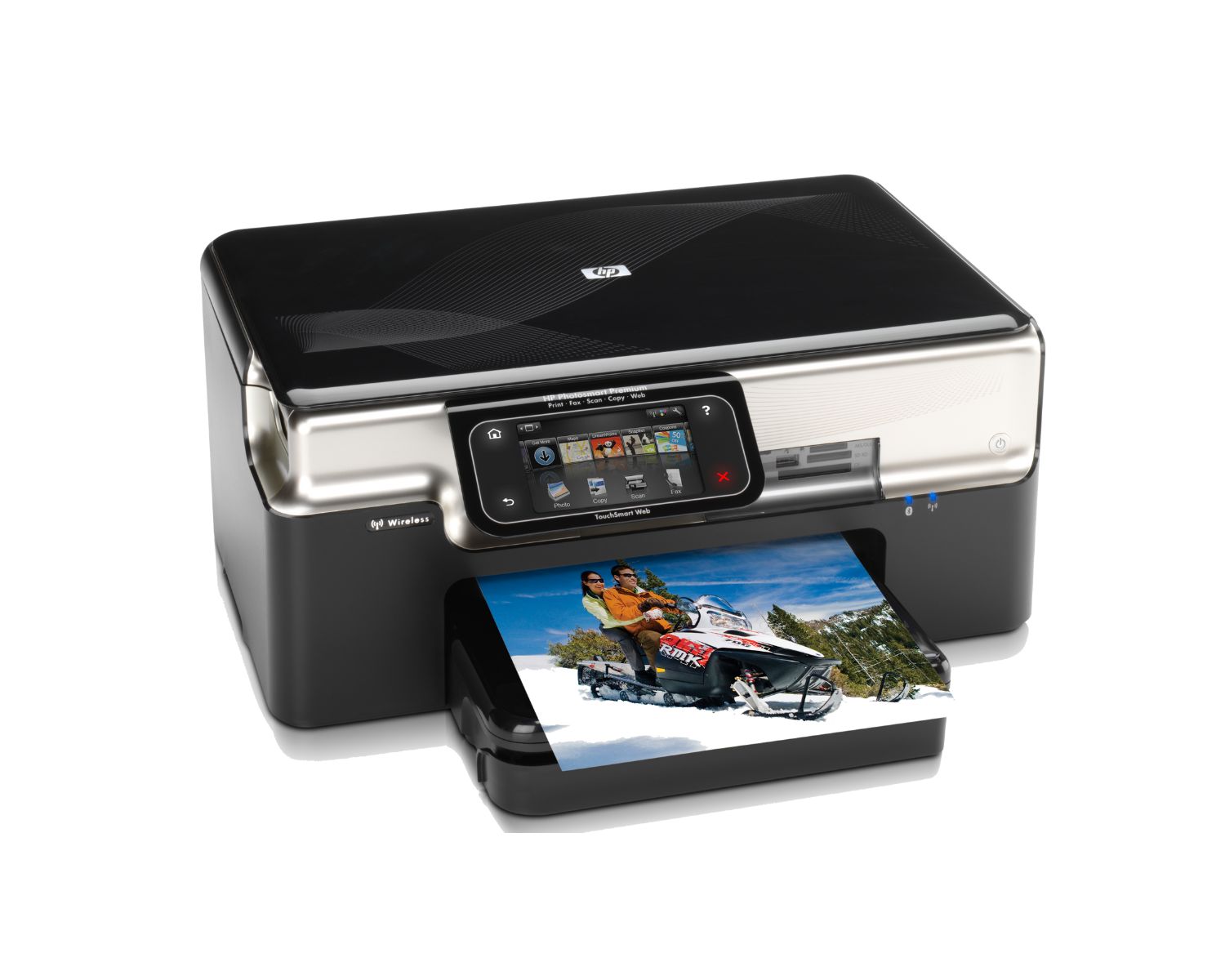

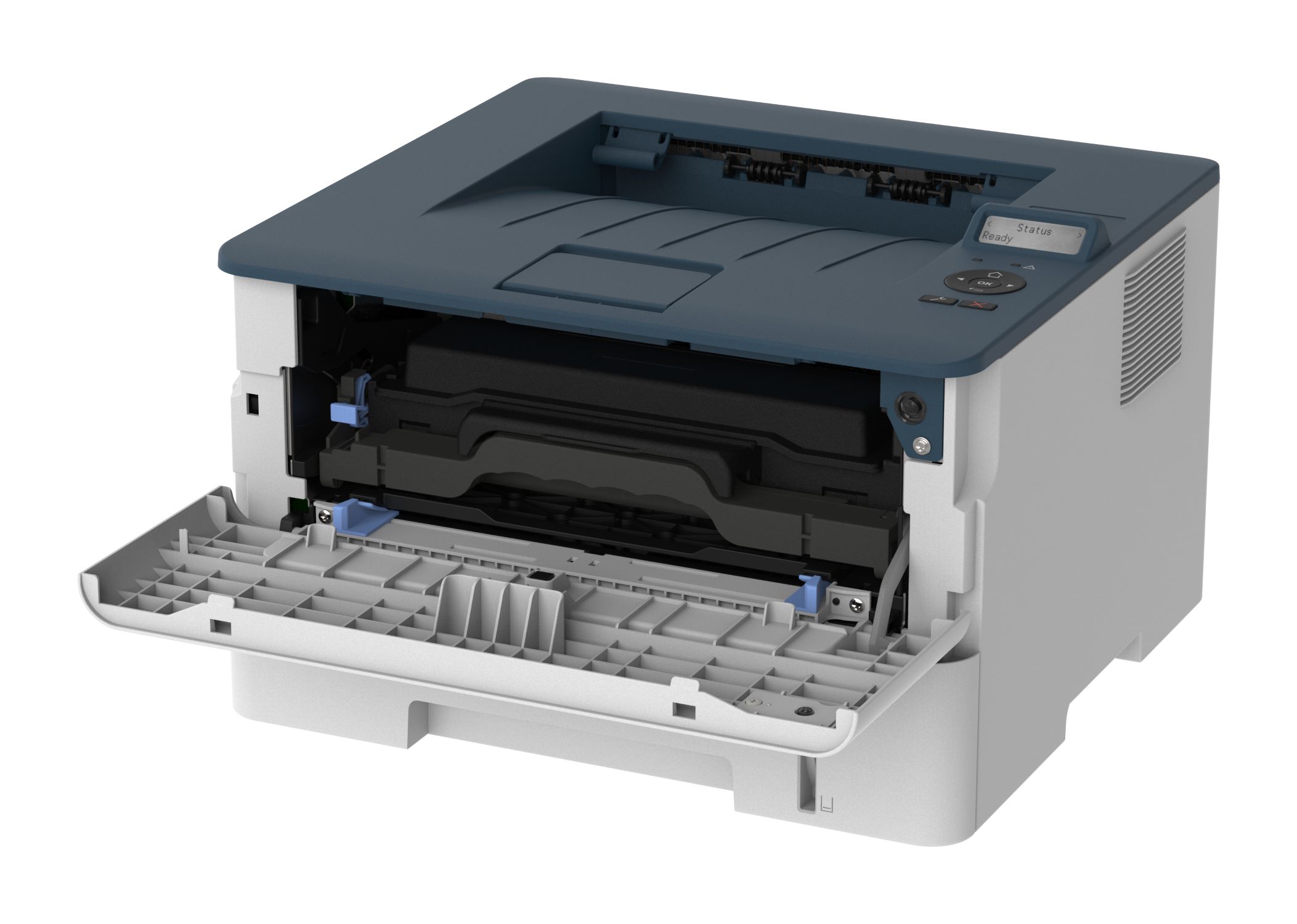
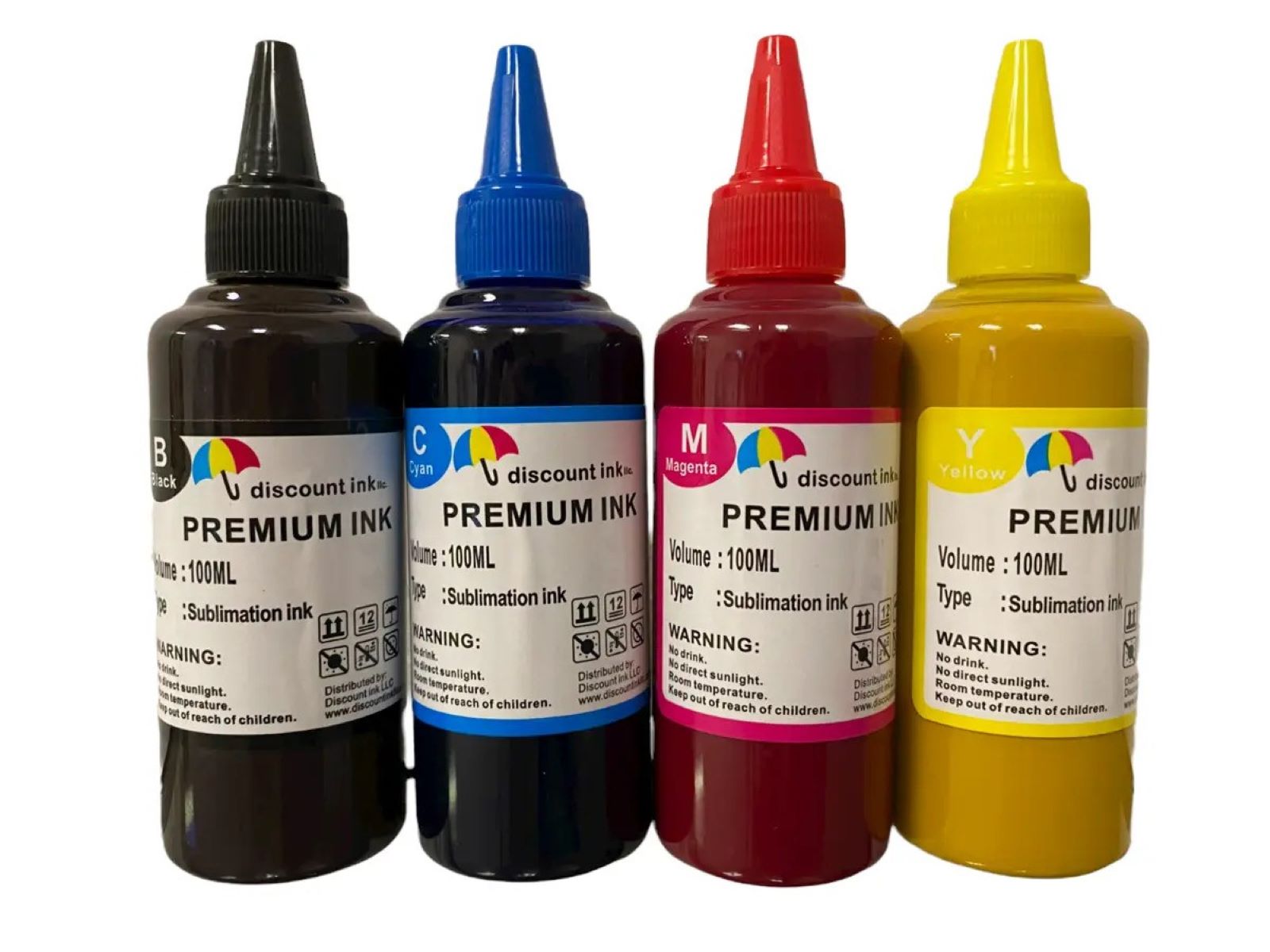

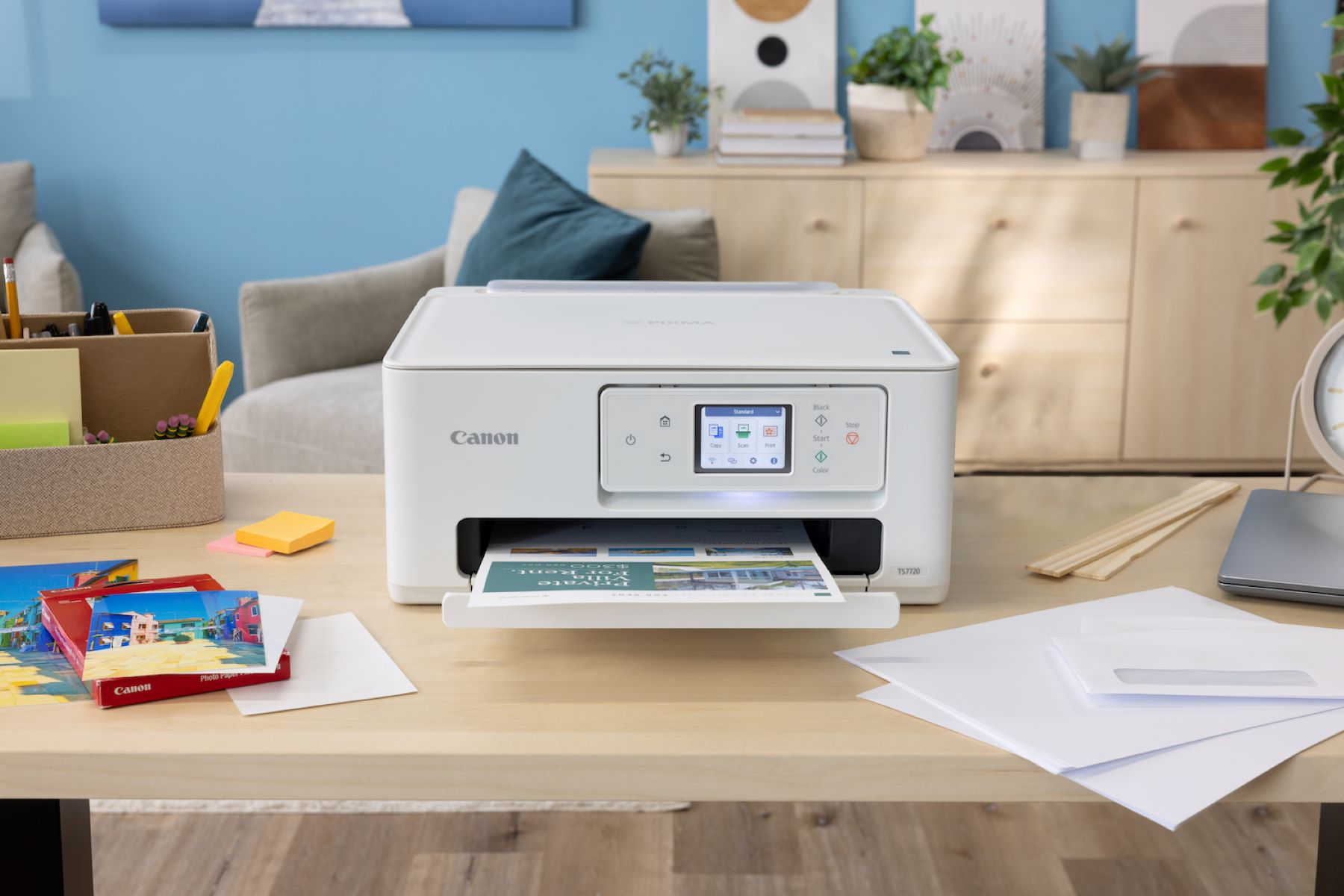


0 thoughts on “What Is Printer Toner”